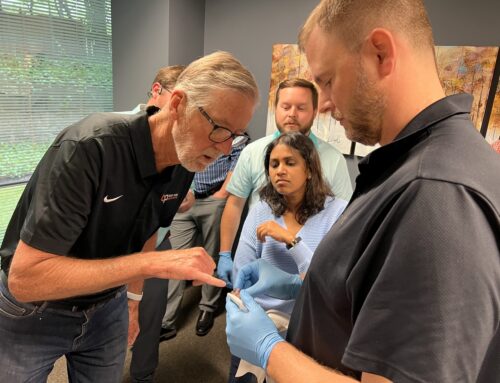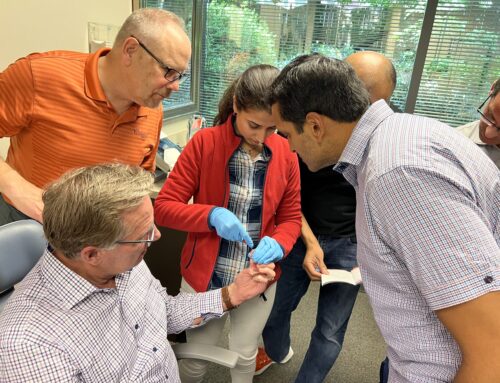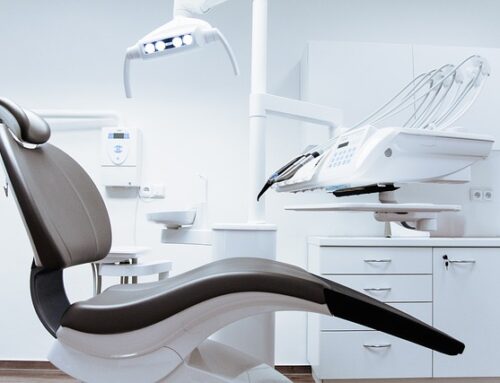What do the airway, bruxism and craniofacial pain all have in common? It might seem like nothing, but there is a lot more than you might realize. And while we have discussed this previously, I think it is important to continue to revisit this area of dentistry to further help our patients.
A lot of dentists don’t know that much about these areas of the dental specialty, so you’re not alone. However, because of this, dentists are unable to recognize the risk of sleep apnea, let alone manage patients with oral appliances, which is the same for craniofacial pain and bruxism. Each of these conditions are often overlooked and our patients are suffering.
By taking the steps toward a better understanding of the unique connections between the airway, bruxism, craniofacial pain and other conditions, dentists can create endless opportunities for services in diagnosis and treatment options within their practice. To help, let’s examine the ABCs of advanced dental services.
Airway. This is commonly referred to in sleep disordered breathing disorders, such as obstructive sleep apnea (OSA). Dental practices are in a unique position to identify patients at risk for conditions involving the airway. Understanding the airway and how it can affect a patient’s sleeping patterns due to sleep apnea and other sleep disordered breathing conditions is vital in maintaining your patients’ health and improving service offerings. It can also help in treating other conditions when there is a clear link available.
Bruxism. This is the gnashing and grinding of teeth that occurs without a functional purpose. When a patient is suffering from bruxism, it can cause a lot of problems (as you know). Whether it is due to a nervous habit, stress or unknowingly grinding teeth at night, bruxism can cause damage to not only a patient’s teeth, but their overall health as well. Due to the breakage of dental restorations from bruxism, tooth damage, induction of temporal headaches and temporomandibular joint disorders (TMD) can occur.
Craniofacial Pain. We come full circle with craniofacial pain, as it covers a wide spectrum of symptoms exhibited in many areas of the head and neck. In particular, a majority of craniofacial pain complications can be associated with temporomandibular joint disorder (TMD). Can you see the pattern? Because of this, an essential part of routine dental examinations for all patients should include an evaluation for TMD, including a patient’s history, clinical examination, and imaging when appropriate.
What is the connection? While it might not be found in every patient, there are still some individuals that require further attention because there is an apparent connection. As a dentist, it is important to understand that clenching or grinding of one’s teeth can be a way for the brain to protect itself from suffocation during sleep–it connects the ABCs.
Educate yourself by completing continuing education courses and attending lectures or seminars. While it might not occur in every case, it is vital that we as dentists understand it for those certain individuals suffering from all three conditions.





